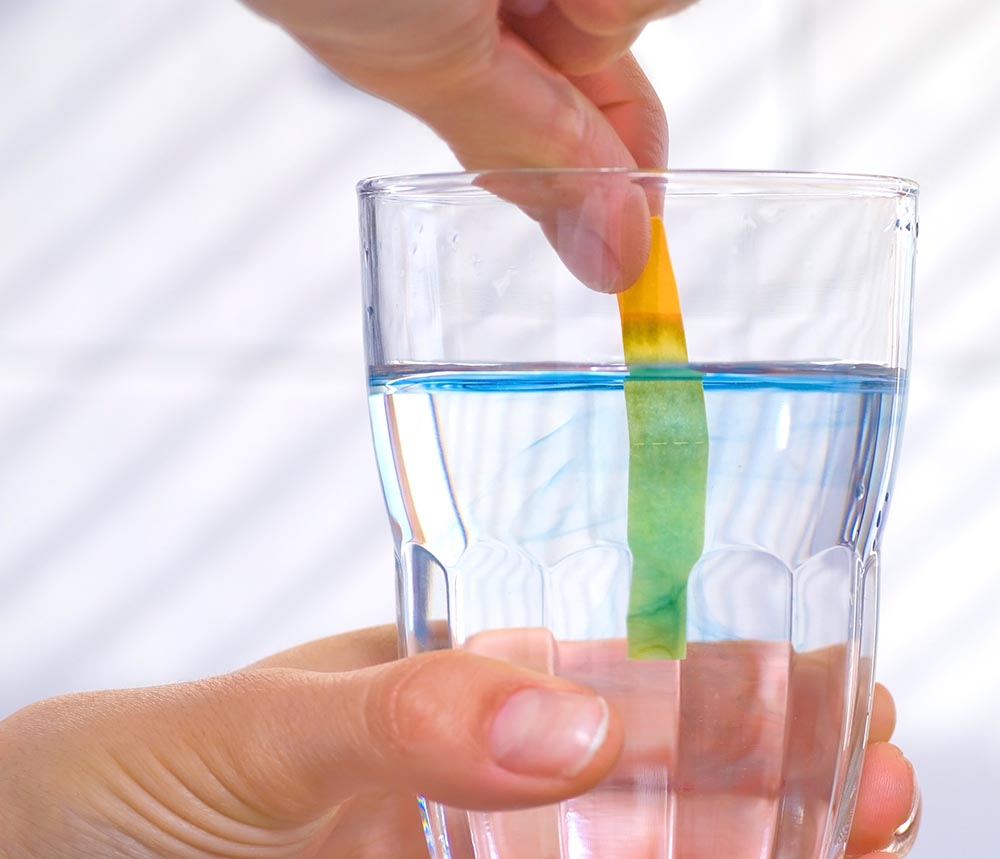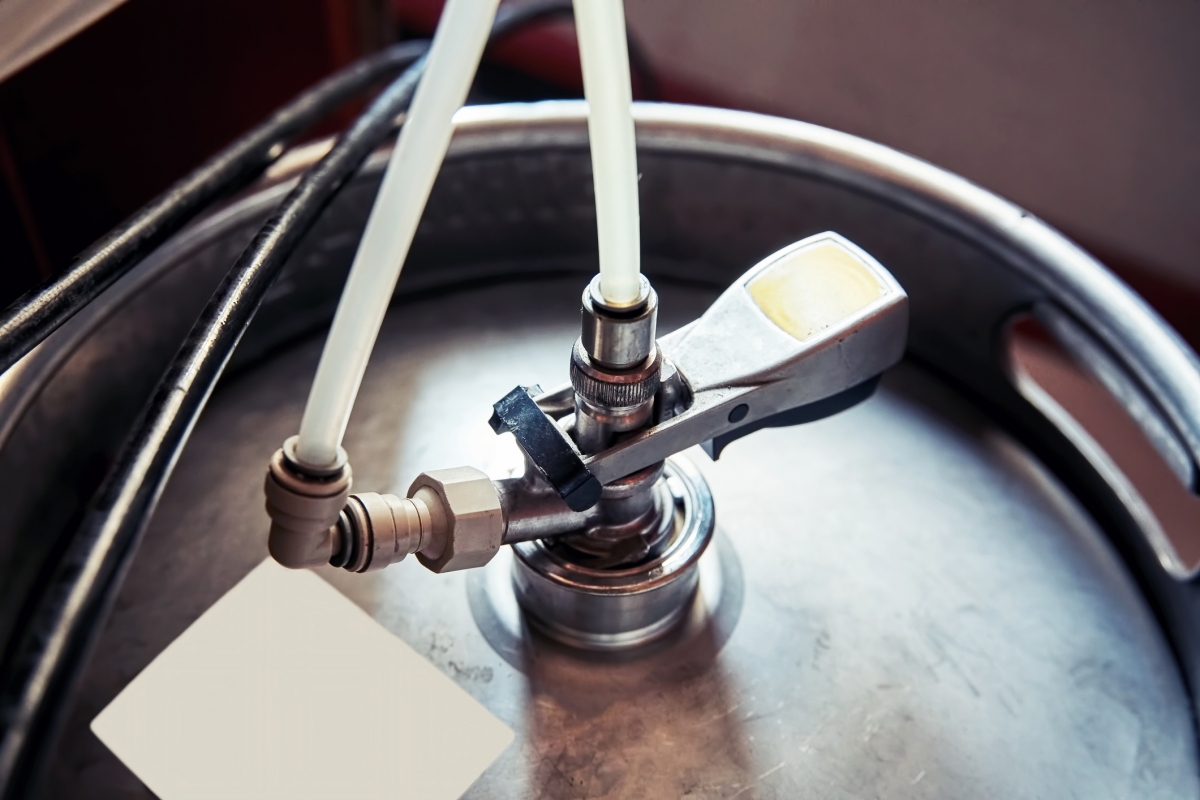After months of closures and restrictions, most counties in PA are allowing some form of in-person business at bars and restaurants. As establishments emerge from the shutdown and draught service resumes, tap line maintenance is more important than ever.
If you clean your own lines, you may already have operational procedures in place. However, your employees may be under more pressure than usual during these times, or may be performing tasks for the first time, so it’s never a bad idea to go over your cleaning regimen with staff, or even add to your precautionary measures.
As you develop or revisit your draught maintenance policy, here are some tips from the Brewers Association for ensuring employee and customer safety as well as peak efficiency in your draught system. For more details, you can download a free PDF of their Draught Beer Quality Manual from their website, brewersassociation.org.
GENERAL SAFETY
 Line cleaning chemicals are powerful and can cause serious injury if handled incorrectly or ingested. Know what chemicals you or your vendor are using and have the associated safety data sheets. Review them regularly and have them quickly accessible in case of an emergency.
Line cleaning chemicals are powerful and can cause serious injury if handled incorrectly or ingested. Know what chemicals you or your vendor are using and have the associated safety data sheets. Review them regularly and have them quickly accessible in case of an emergency. Anyone who is performing line cleaning should be trained on the process, correct use of appropriate PPE and proper measures to take to ensure safety for all.
Clearly communicate to all coworkers that line cleaning is occurring and put up signage on tap handles to notify all not to use affected taps, and never leave a line cleaning job unattended. Once the cleaning process begins, stay onsite and visible until complete.
Ensure complete rinsing of all chemical residue by checking that the pH is neutral, which can be done with affordable pH test strips. The pH of caustic cleaner should be 10–13.5; the pH of acid cleaner should be 2–4. When a system is completely rinsed, the pH of the rinse water should be equal to that of the local tap water, around 7.
LINE CLEANING
 After an extended shutdown, it’s highly recommended to clean lines using a 3% caustic solution. Following the caustic cleaning, lines should be thoroughly rinsed with water. Once this step has been completed, lines should be cleaned using an acid solution. Acid should be diluted according to the manufacturer’s directions. Once acid cleaning is complete, again, lines must be thoroughly rinsed with water. Use pH strips to verify that chemicals have been completely flushed.
After an extended shutdown, it’s highly recommended to clean lines using a 3% caustic solution. Following the caustic cleaning, lines should be thoroughly rinsed with water. Once this step has been completed, lines should be cleaned using an acid solution. Acid should be diluted according to the manufacturer’s directions. Once acid cleaning is complete, again, lines must be thoroughly rinsed with water. Use pH strips to verify that chemicals have been completely flushed.Each faucet should be disassembled and detailed. Replace any faucet washers that appear to be damaged or missing.
Visually inspect couplers for cleanliness and ensure that all gaskets are present and intact. Replace if needed. Clean all drip trays, bar mats and glass rinsers.
INVENTORY
 Do a thorough analysis of your beer inventory and familiarize yourself with the freshness dates of each brewery’s beer you carry. Ensure that beer has been stored cold and properly rotated.
Do a thorough analysis of your beer inventory and familiarize yourself with the freshness dates of each brewery’s beer you carry. Ensure that beer has been stored cold and properly rotated.Have each beer sampled and complete a sensory evaluation to ensure optimal appearance, aroma, flavor and carbonation. If there are quality problems with the beer, contact Origlio and/or the brewery for the best solution.
